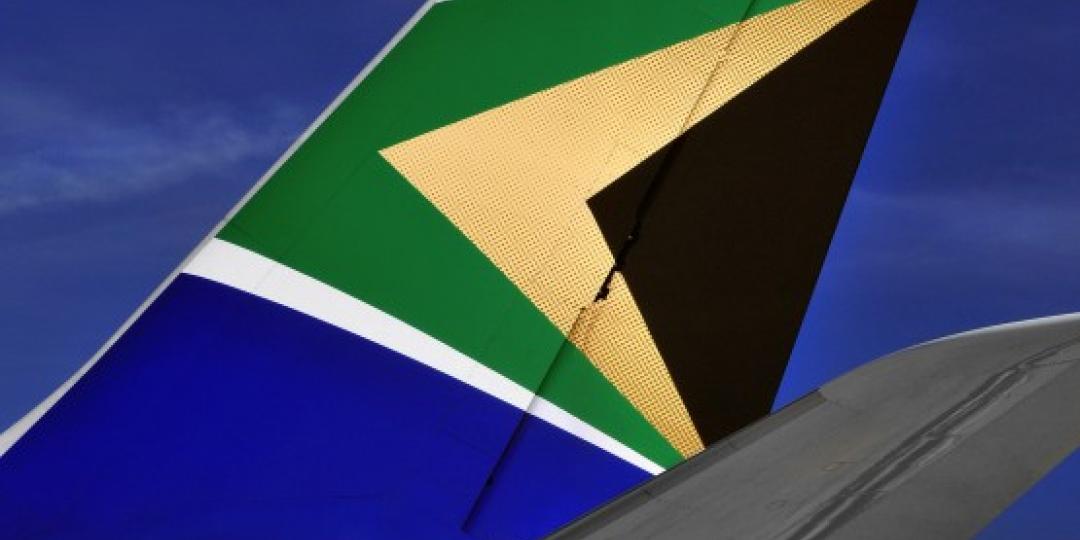Creditors, other holders of a voting interest and employees of SAA were given notice on Wednesday (June 17) of a meeting to be held on June 25 at 11h00 to determine the future of the company in terms of section 151 of the Companies Act.
The notice was shared with Tourism Update by the joint business rescue practitioners (BRPs), Siviwe Dongwana and Les Matuson, highlighting that points on the agenda included the following:
- An introduction of the proposed business rescue plan for consideration by creditors and a presentation of the salient terms and conditions of the plan.
- Confirmation that the joint BRPs continue to believe there remains a ‘reasonable prospect’ of SAA being rescued as contemplated in the Companies Act.
- The consequences for creditors if the plan is adopted or rejected.
- A presentation by the employees’ representative if they should wish to make such presentation.
The BRPs noted that interested parties, including creditors, are encouraged to seek independent legal advice in respect of their rights.
Furthermore, creditors should please note that should they, for any reason, be unable to attend the electronic meeting, they are entitled to exercise their vote by proxy form, which must be forwarded to BRPs before 17h00 on June 24.
The business rescue plan was published on June 16, following several requests for delays on the publication date. SAA entered business rescue on December 6 last year.
The Department of Public Enterprises (DPE) emphasised its support of the plan in a statement issued today (June 18). “Government, as the sole shareholder of SAA, supports the business rescue plan where it results in a viable, sustainable, competitive airline that provides integrated domestic, regional and international flight services,” reads the statement.
Companies Act
The Companies Act prescribes that the primary function of a business rescue process is to develop and implement a rescue plan with the view of fundamentally restructuring the business affairs and other liabilities of a company in distress.
This must be done in a manner that maximises the likelihood for it to continue to exist on a solvent basis.
If this is not possible, the second option is to dispose of assets so that the company in distress can obtain better returns for its creditors and shareholders than they would otherwise receive from the liquidation of the company.
Given the prospects of rescuing SAA, government was against the option of liquidation, said the DPE in a statement.
“As a shareholder, government wishes to engage constructively towards the national interest objective of creating a viable, competitive, sustainable airline in a constrained fiscal environment, taking into account the impact of the COVID-19 pandemic on this situation.”























